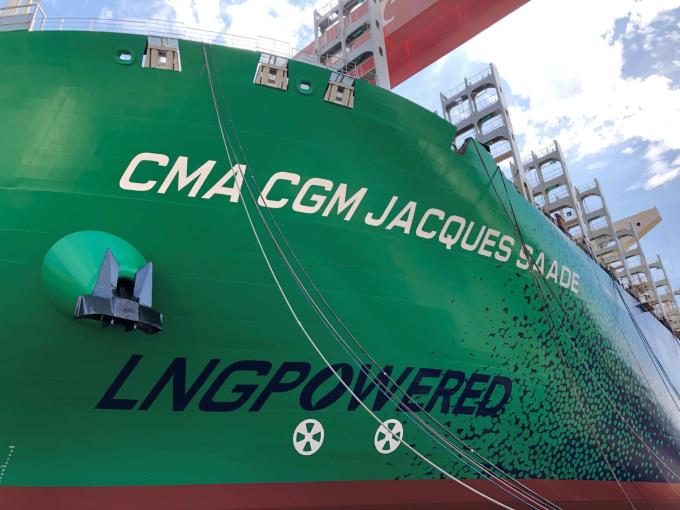ONE snatches methanol crown, while Maersk does a u-turn on LNG
Ocean Network Express (ONE) has taken over the methanol mantle with an order for 10 ...

Shipping’s methanol “happy hour” has ended, with LNG back on the menu, decarbonisation “slowing” and freight rates set to double permanently, claimed classification giant DNV Maritime this week.
At the unveiling of the eighth edition of DNV’s Maritime Forecast yesterday, CEO Knut Ørbeck-Nilssen said shipping decarbonisation was slowing and 93% of the global fleet was still running on conventional fossil fuels.
“…if you look to what it costs these days to either build a new vessel with new fuel capabilities, or indeed ...
Semiconductors could compensate for air freight's lost ecommerce traffic
'It’s healthy competition' Maersk tells forwarders bidding for same business
Transpacific sees first major MSC blanks as rates fall and volumes falter
'Weakened' Maersk paying a heavy price for its lack of fleet growth
US shippers slam USTR port fee plan – 'an apocalypse for trade'
Opposition builds for final hearing on US plan to tax Chinese box ship calls
Despite sourcing shifts, 'don't write-off China', says CMA CGM CCO
Calling all shippers!
Please give us a minute of your time to answer the following questions:

Comment on this article